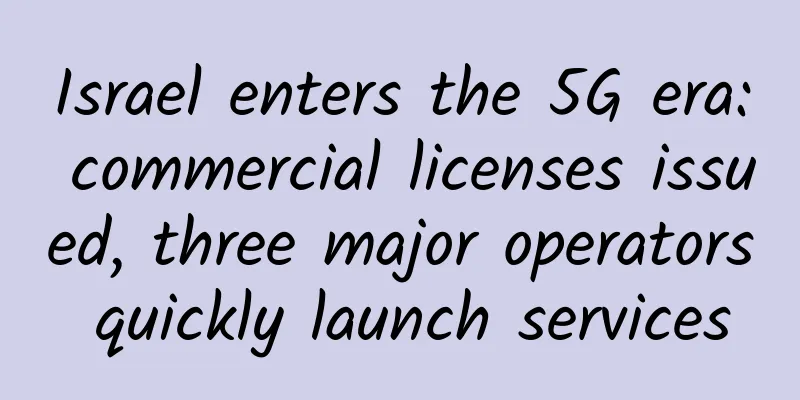What is edge computing? Why is it called the gas station in the era of smart IoT?

|
With the rapid development of the Internet of Things (IoT), we are rapidly entering a new era - the era of intelligent Internet of Things (AIoT). In this era, hundreds of millions of devices will be connected to each other through artificial intelligence (AI) and machine learning (ML) technologies to generate, exchange and utilize massive amounts of data. In this great change, edge computing, as an important part of data processing, is playing an increasingly important role and is even figuratively called the "gas station" of the era of intelligent Internet of Things. What is edge computing?Edge computing refers to pushing computing tasks from the cloud to the edge of the network, that is, the device or terminal itself. By processing and analyzing data on the device side, edge computing can improve data processing speed and efficiency while reducing dependence on cloud networks. In the era of smart IoT, this technology is essential for processing large amounts of data and making real-time decisions. The Importance of Edge Computing
Advantages of edge computing
SummarizeEdge computing plays an increasingly important role in the era of smart IoT. It can not only improve data processing efficiency and real-time performance, but also reduce network load and cost, enhance data security and user experience. Therefore, edge computing is considered to be one of the core driving forces in the era of smart IoT, providing a continuous source of power for our future. |
>>: Future Development Path of Home Broadband Infrastructure
Recommend
spinservers: $109/month - 2*E5-2650L v3 CPU, 64G memory, 1.6T SSD hard disk, 10TB/10Gbps, San Jose data center
If you need a high-end server, you can also take ...
What exactly does the Communications Design Institute do?
Speaking of the Communications Design Institute, ...
How to Get the Most Out of Network Performance Management Tools?
EMA has studied how organizations use multiple ne...
Interpretation: Radio and Television "One Network Integration" and 5G Business
On the afternoon of March 2, the State Administra...
This is probably the most comprehensive article on ICMP.
For the ICMP protocol, you may want to know the f...
Li-Fi, which failed to beat WiFi, may be the savior of 5G
Regarding the technical solutions for future comm...
TripodCloud: San Jose CN2 GIA line starting at $38.99/half year, optional large hard drive
TripodCloud (Yunding Network) is a low-key Chines...
Did you know? Did you know? Telecom networks should focus on multi-layer orchestration
A few years ago, the word “orchestration” was har...
Chen Yunqing: Future network development represented by cloud-network integration + 5G will be a long-term task
At the theme forum "Future Network Technolog...
[CyberMonday] DediPath Los Angeles VPS 50% off starting at $10/year, dedicated server starting at $45/month
DediPath has launched a Cyber Monday promotion....
What should you consider before looking for an SD-WAN provider?
SD-WAN supports use cases across a variety of ver...
Intel and XSKY Debut at 2019 China Data and Storage Summit
On December 3-4, the 2019 China Data and Storage ...
BandwagonHost: $37.3/year KVM-1GB/20GB/1TB/Fremont Data Center
In January this year, BandwagonHost released a pa...
Software Defined Data Center (SDDC) Architecture for Beginners
Software-defined data center is a data management...









![[Black Friday] Psychz Los Angeles server monthly payment starts at $15, E3 series monthly payment starts at $29](/upload/images/67cac47640d06.webp)